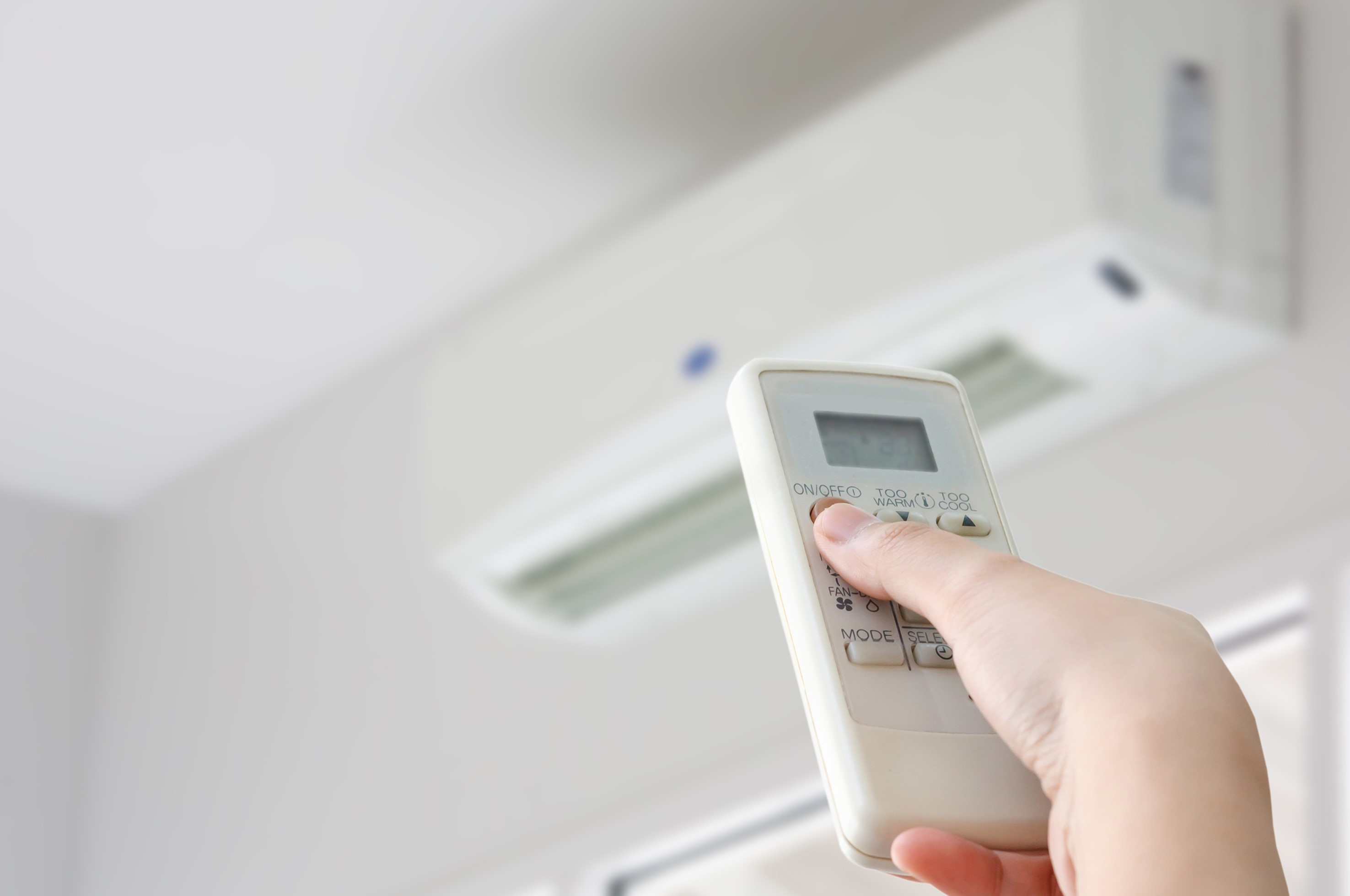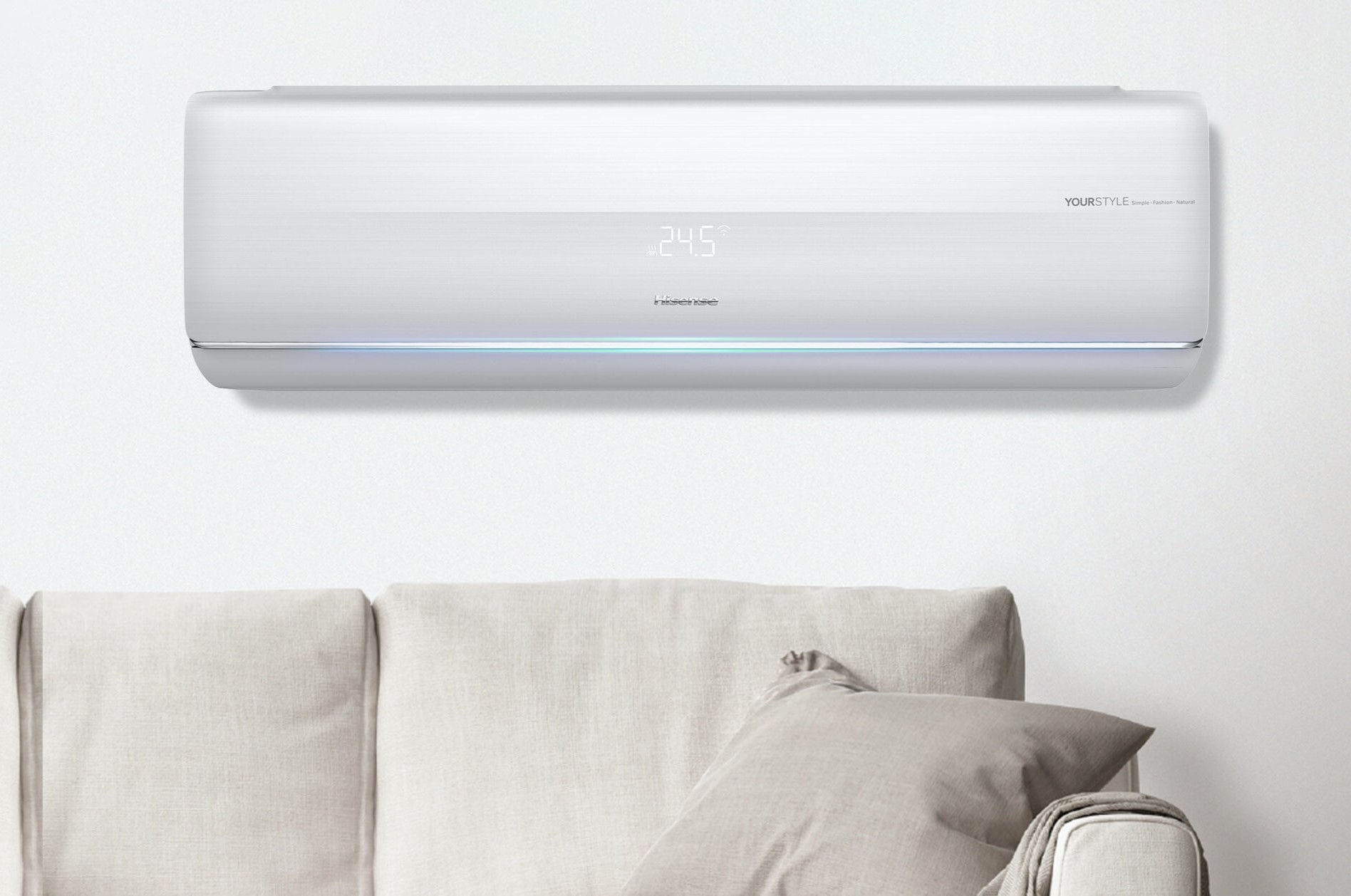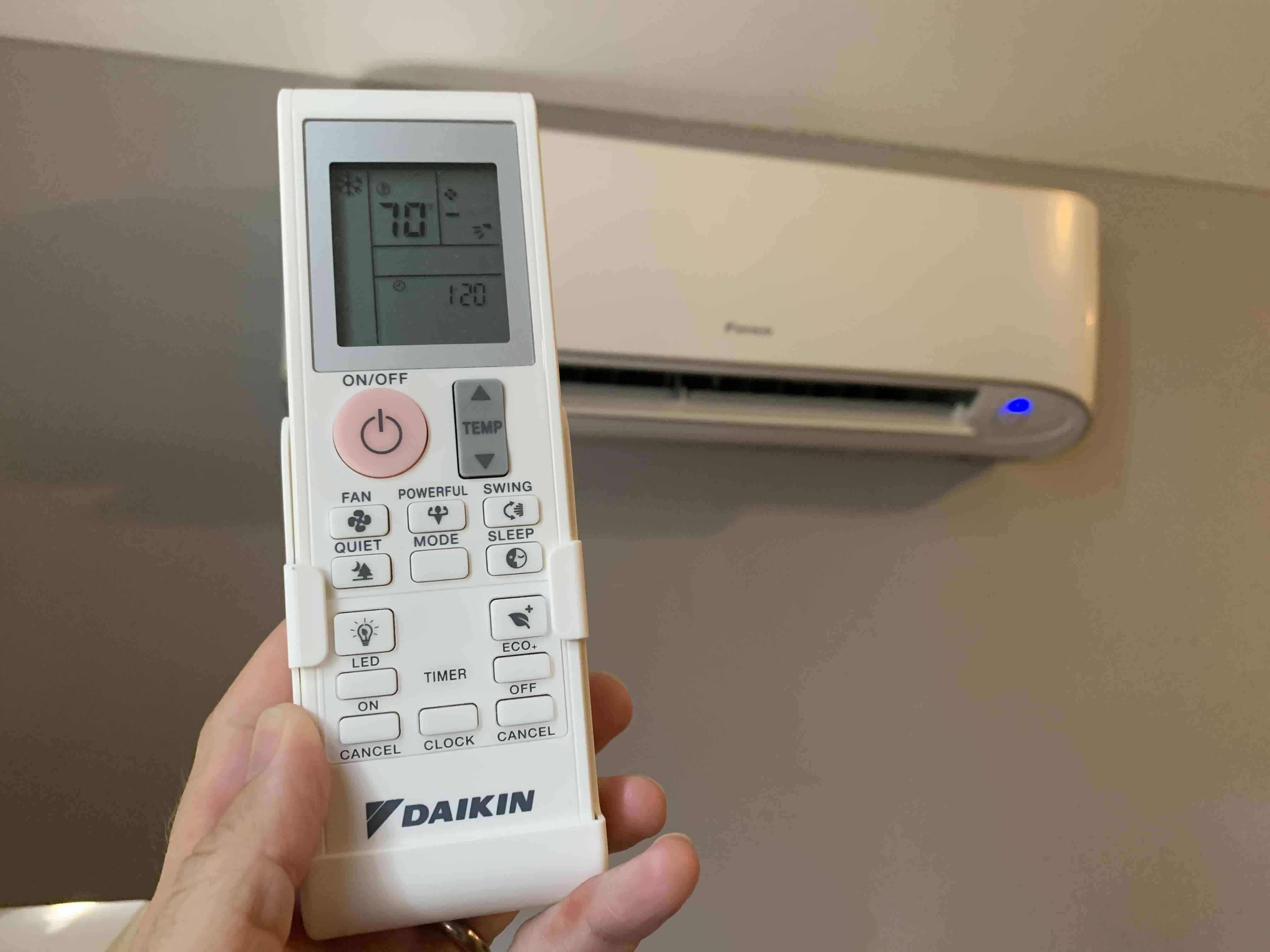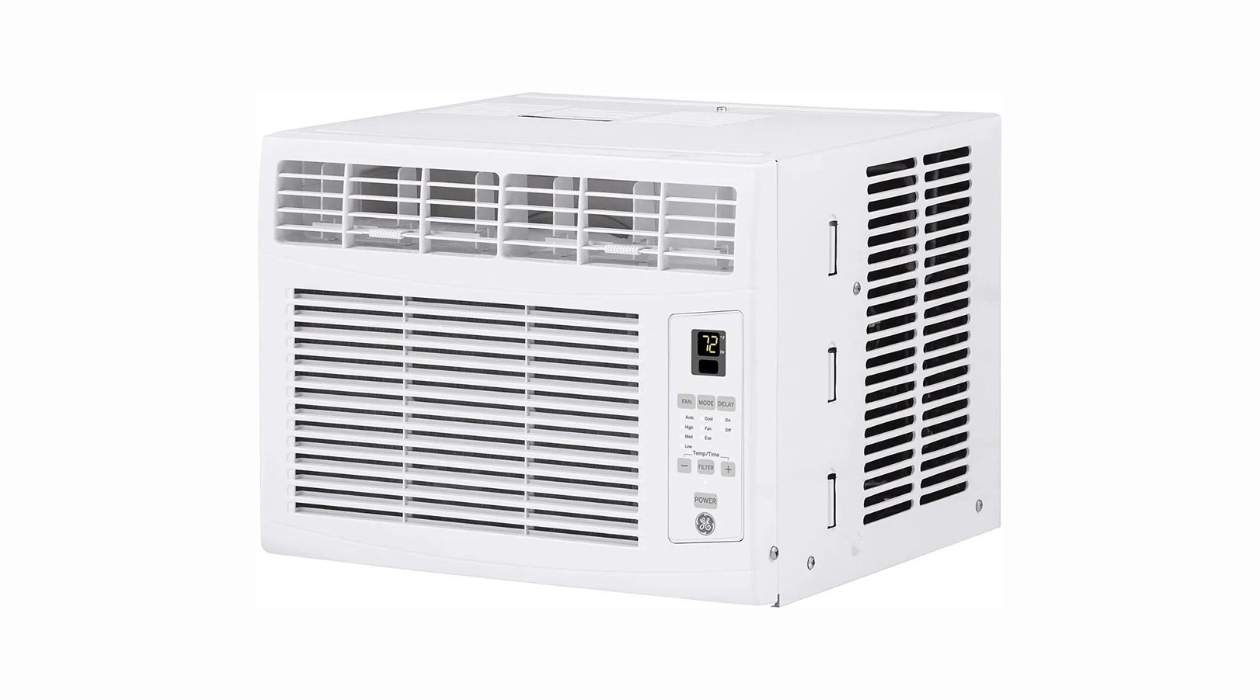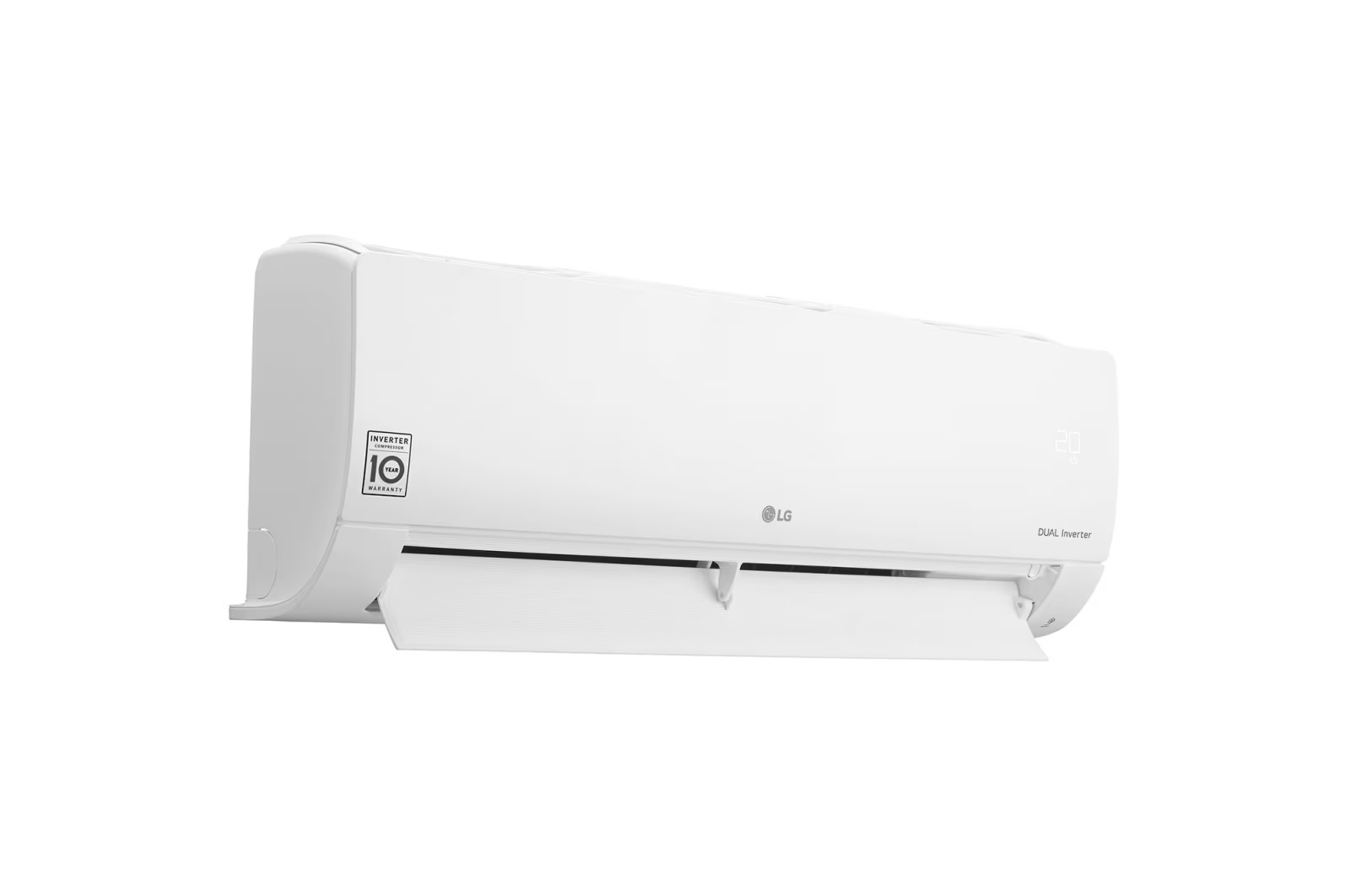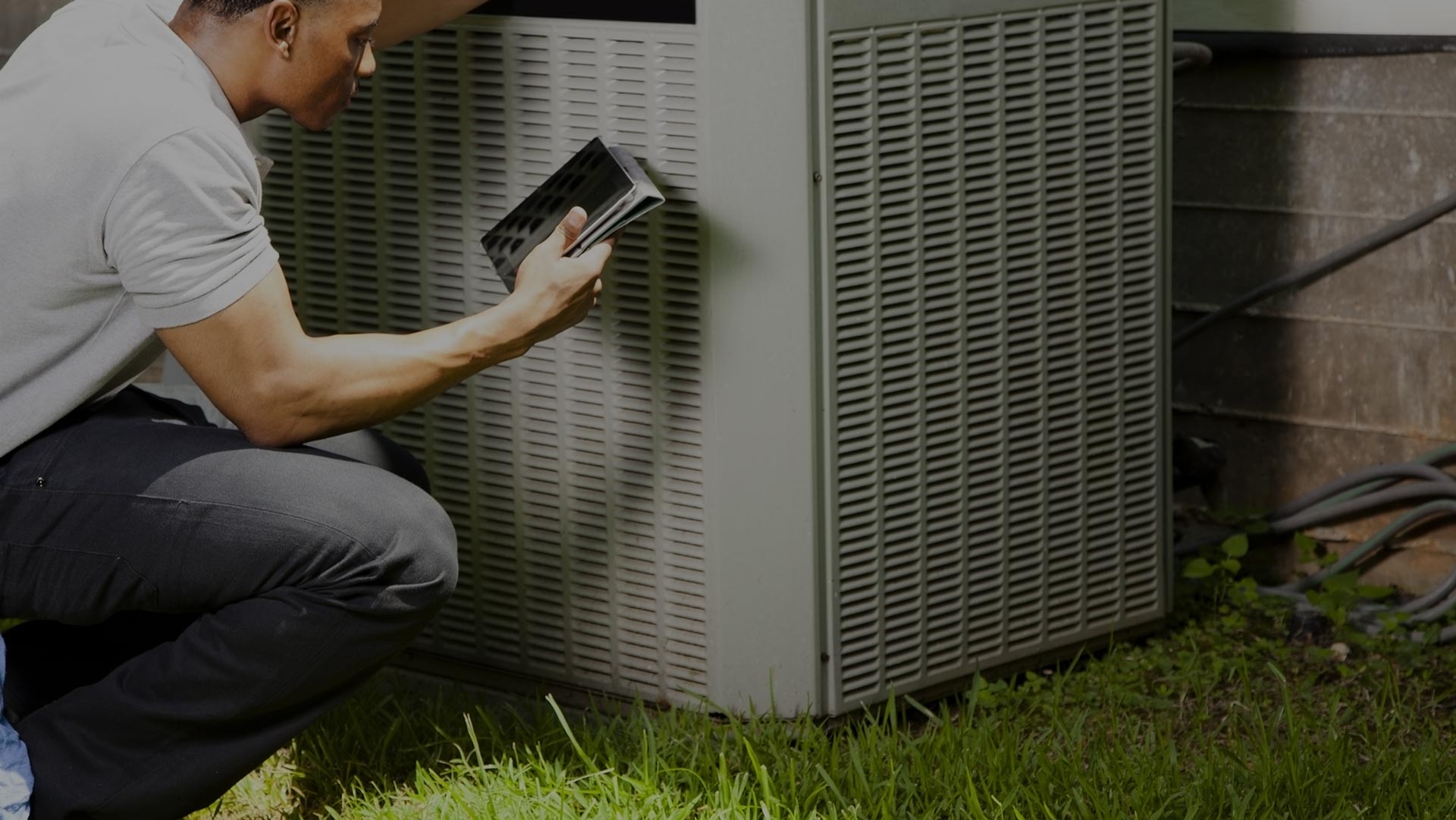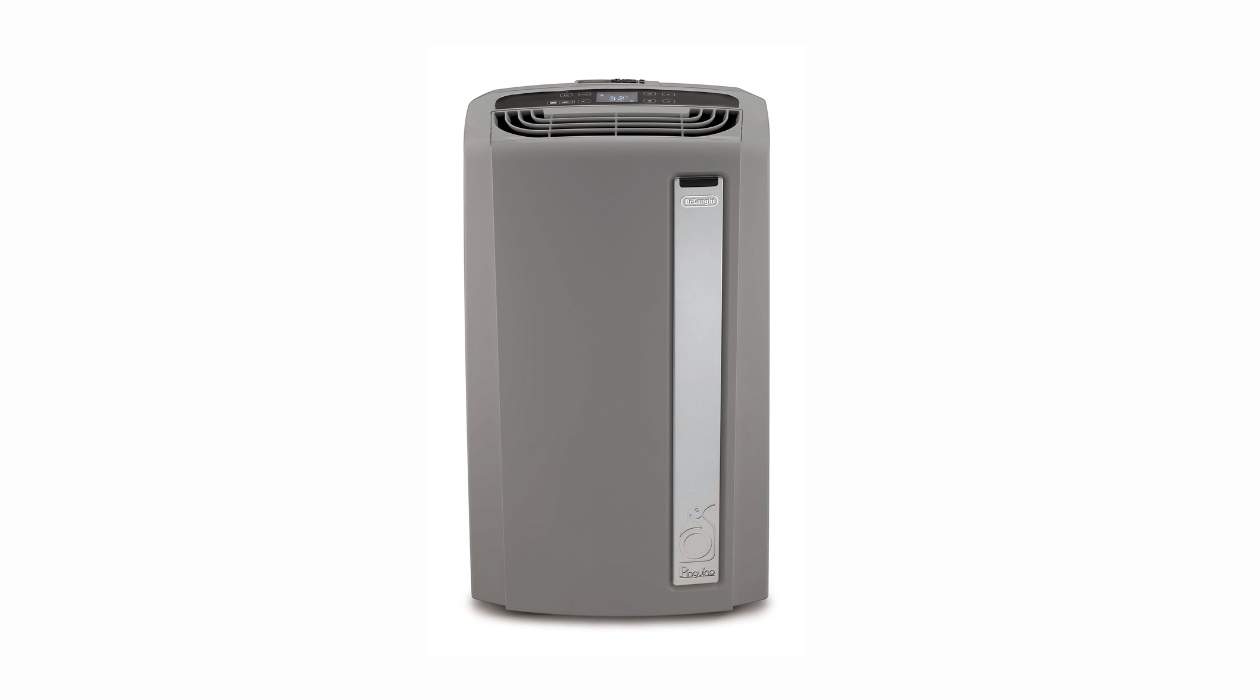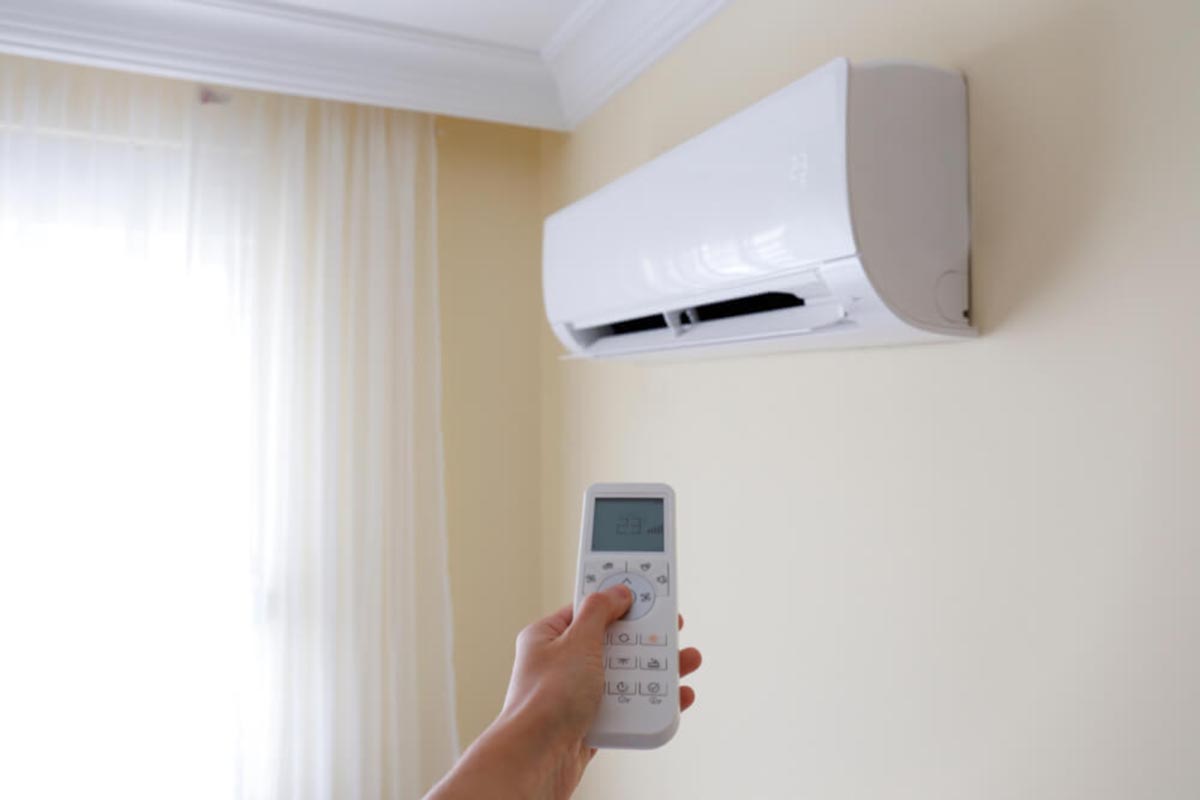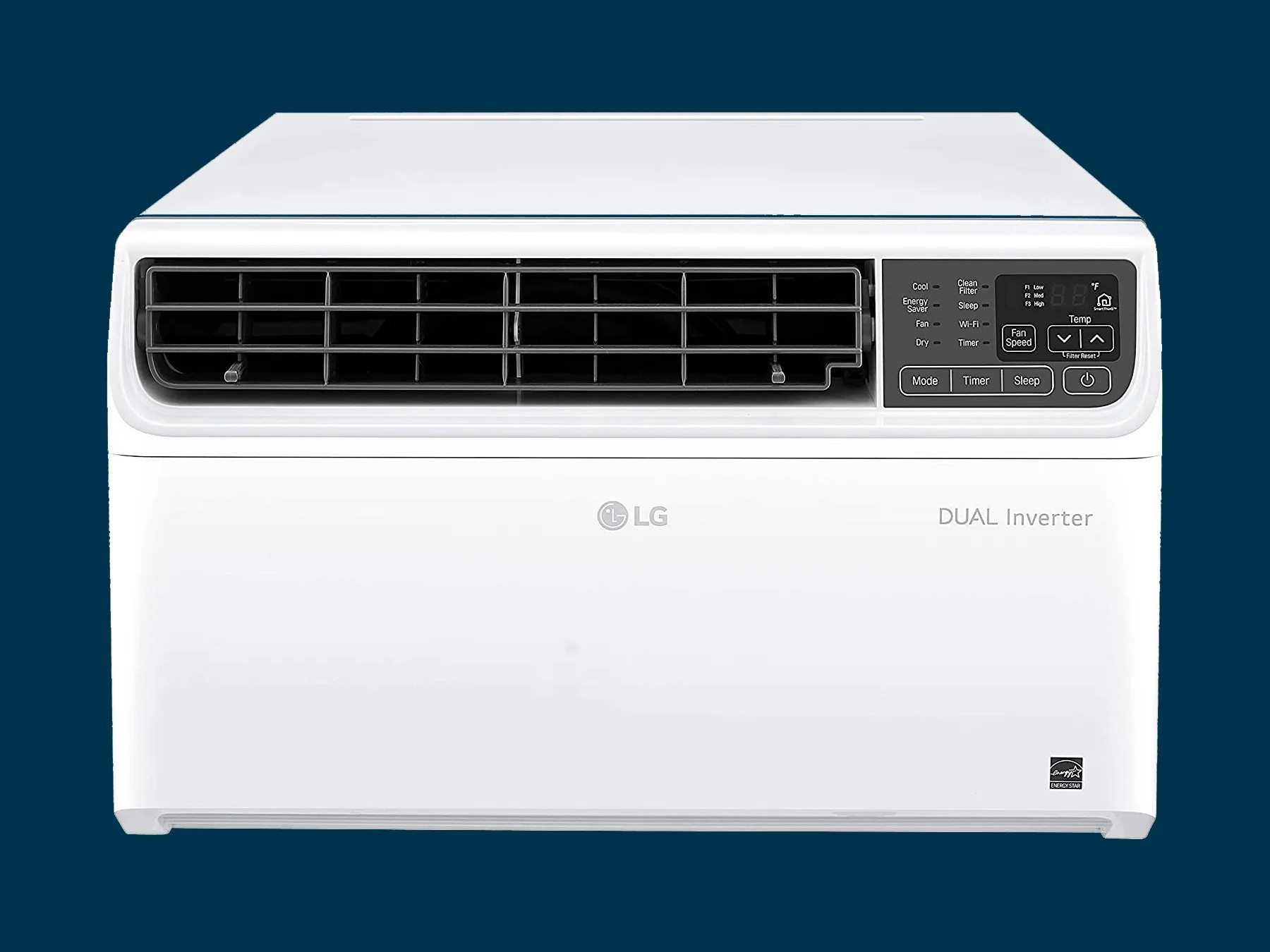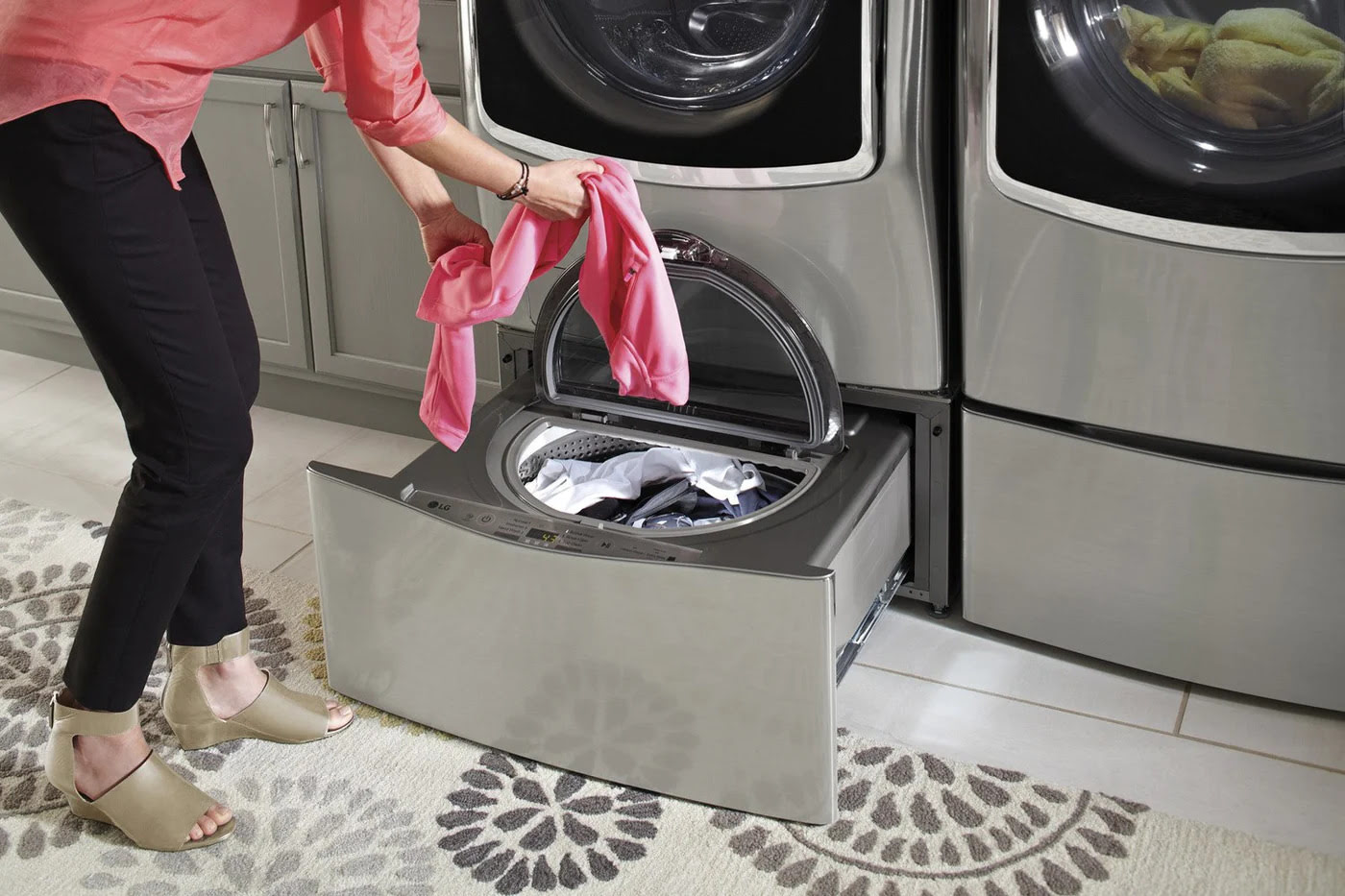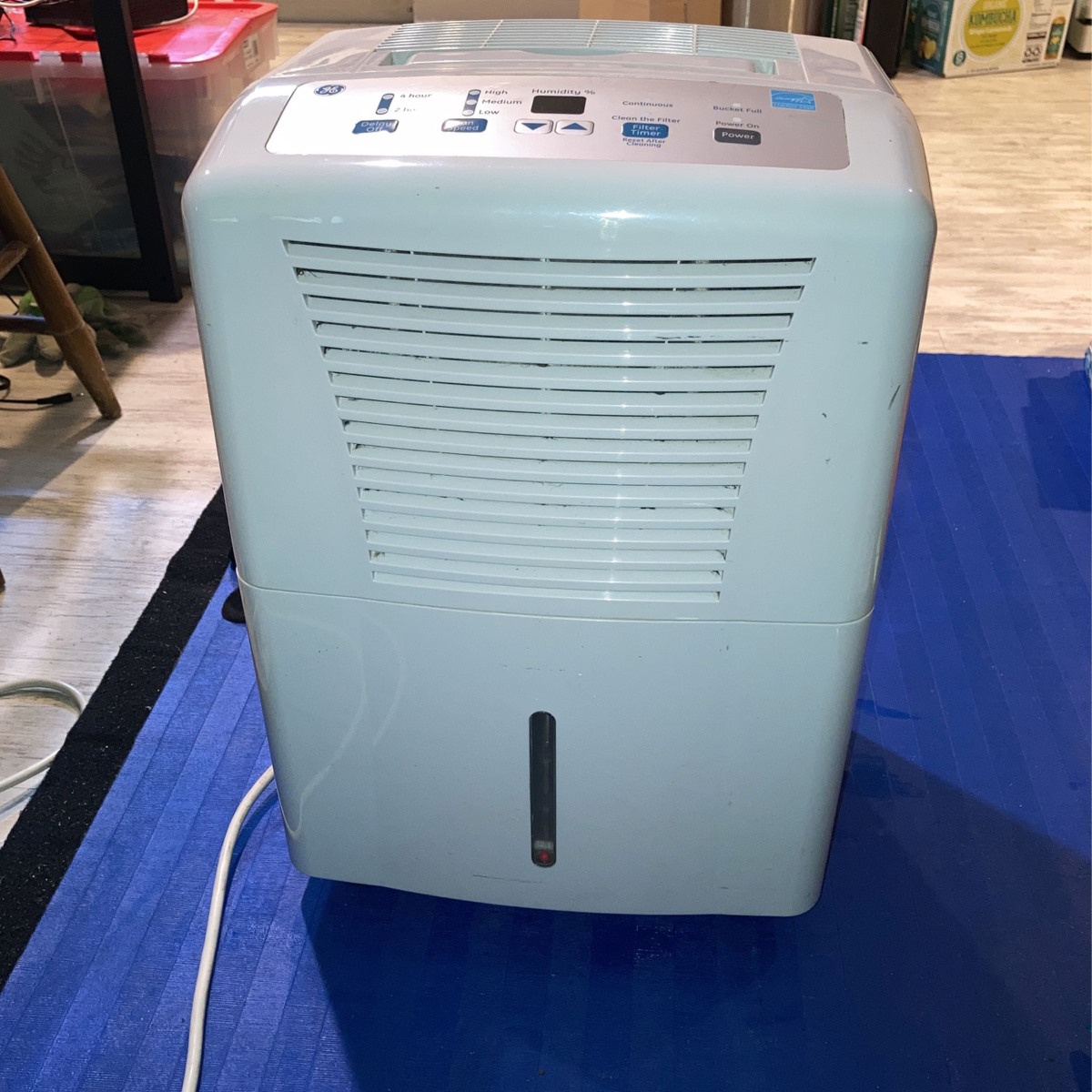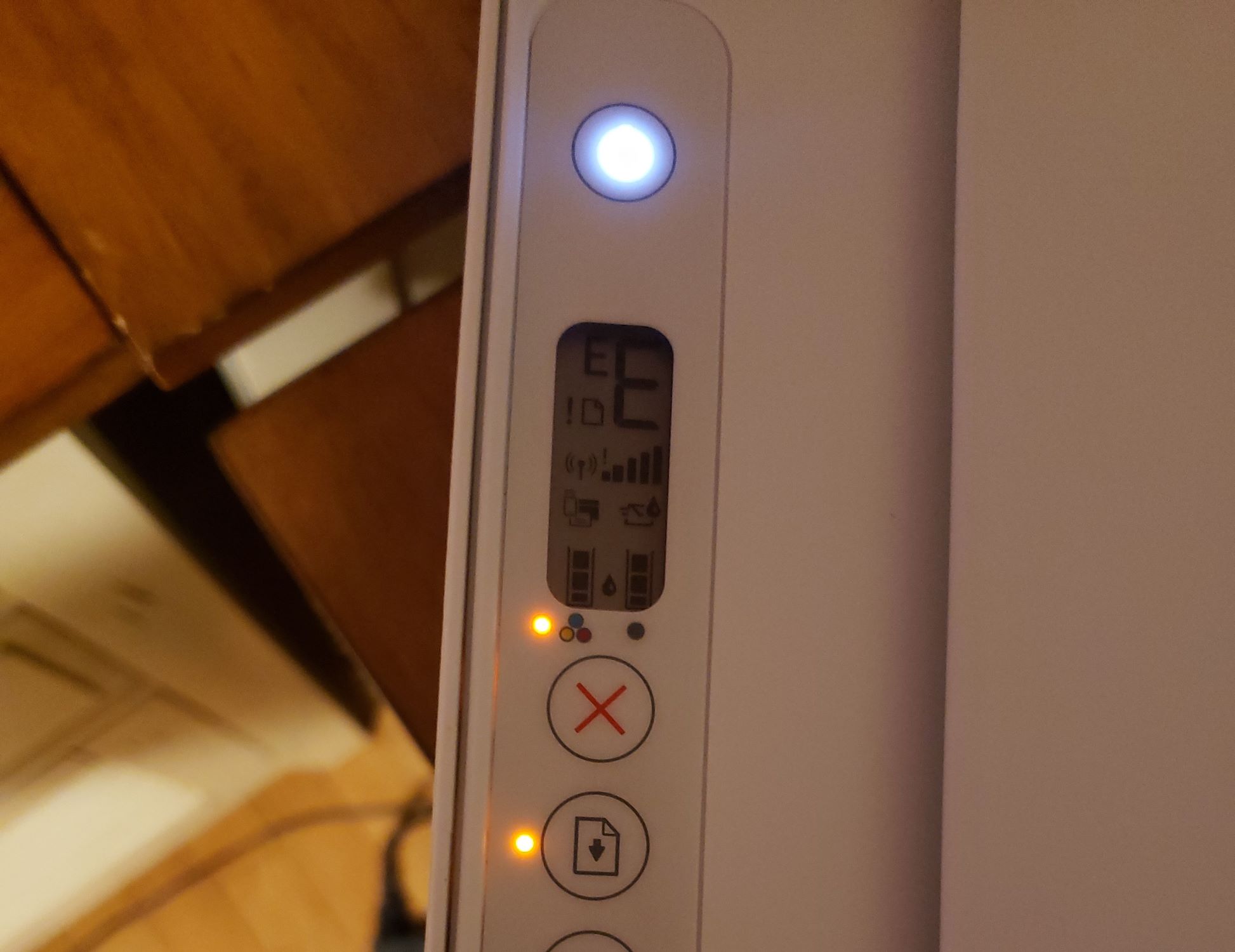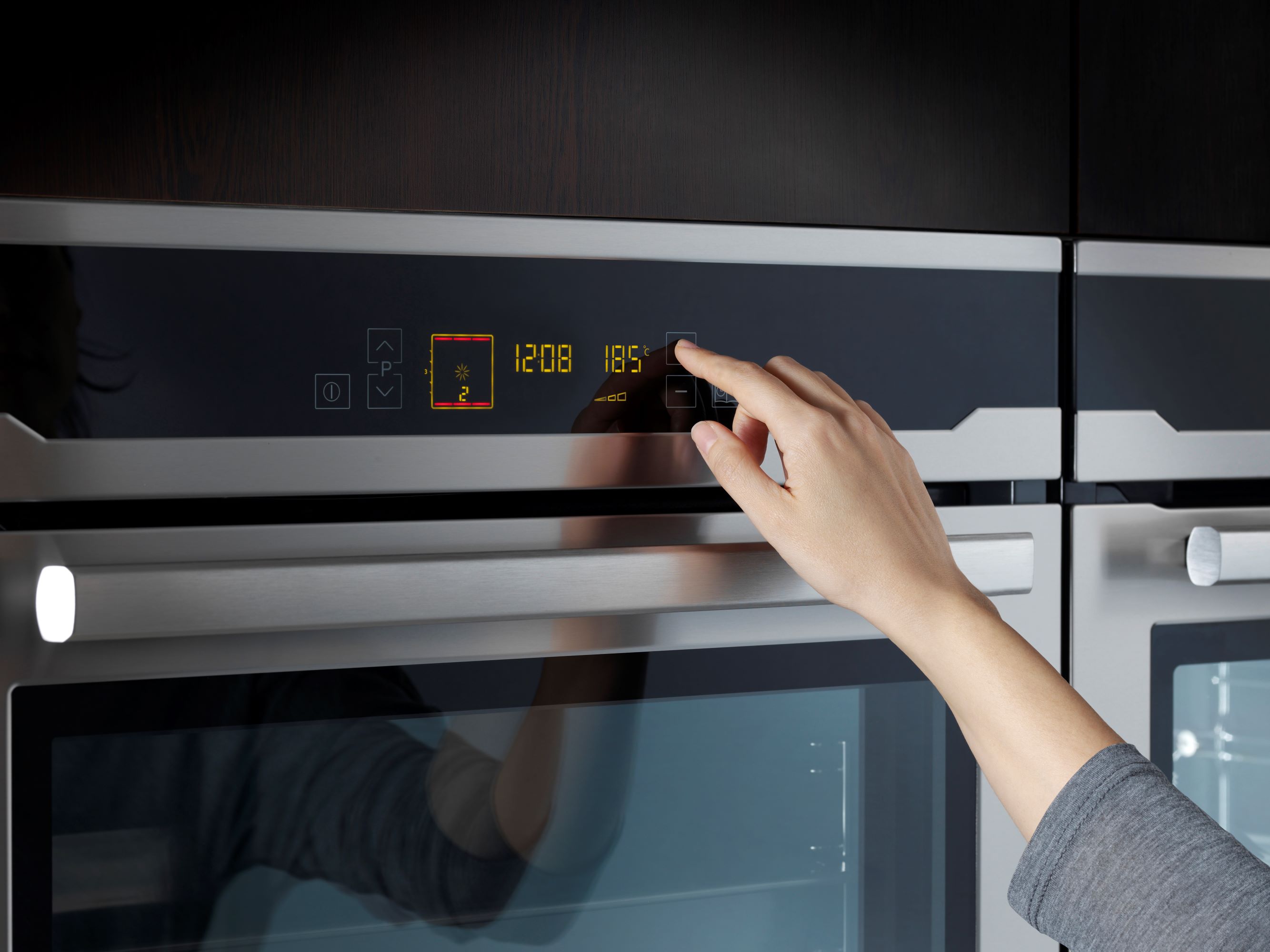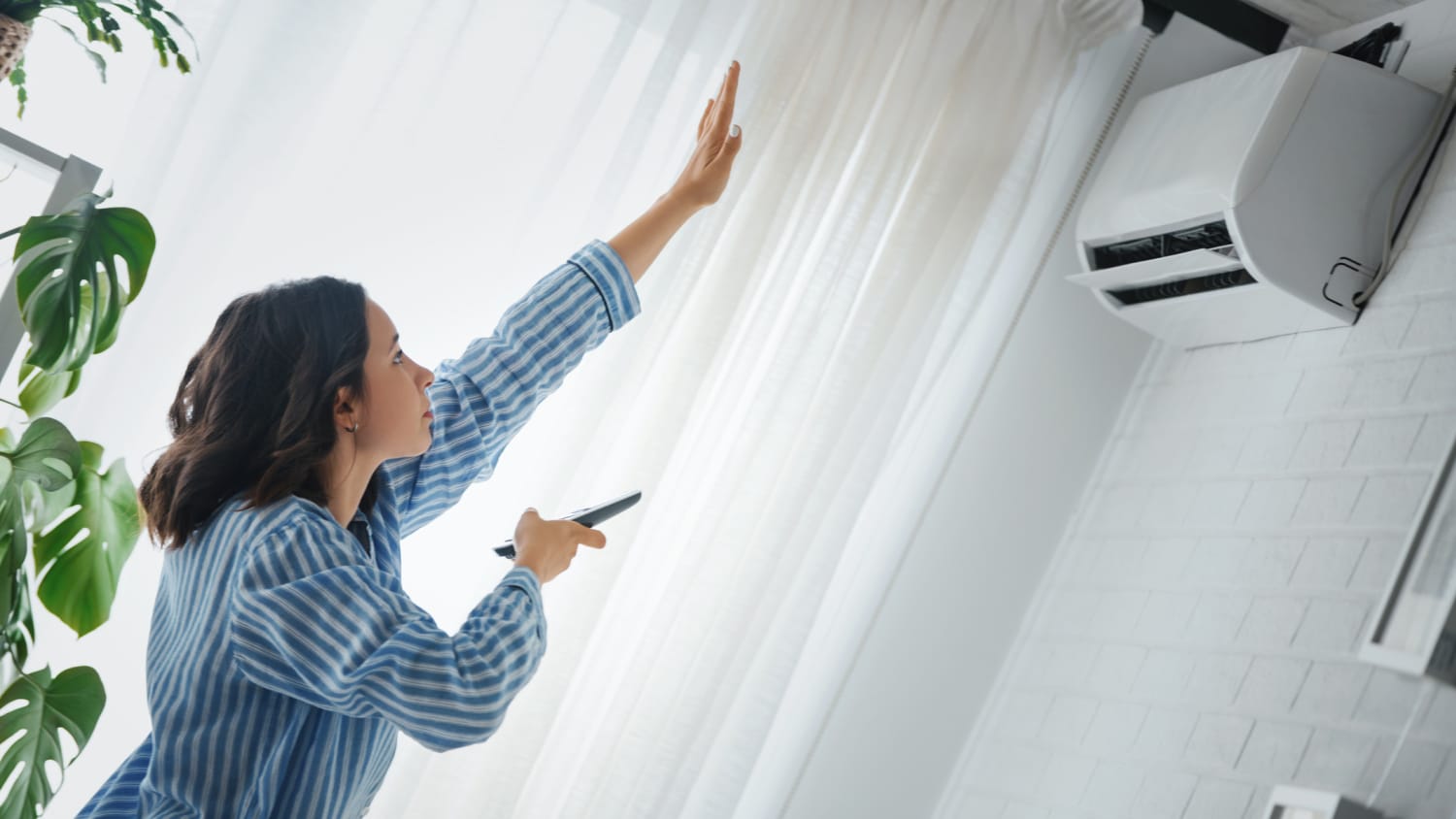Home>Home Maintenance>What Does E7 Mean On An Air Conditioner
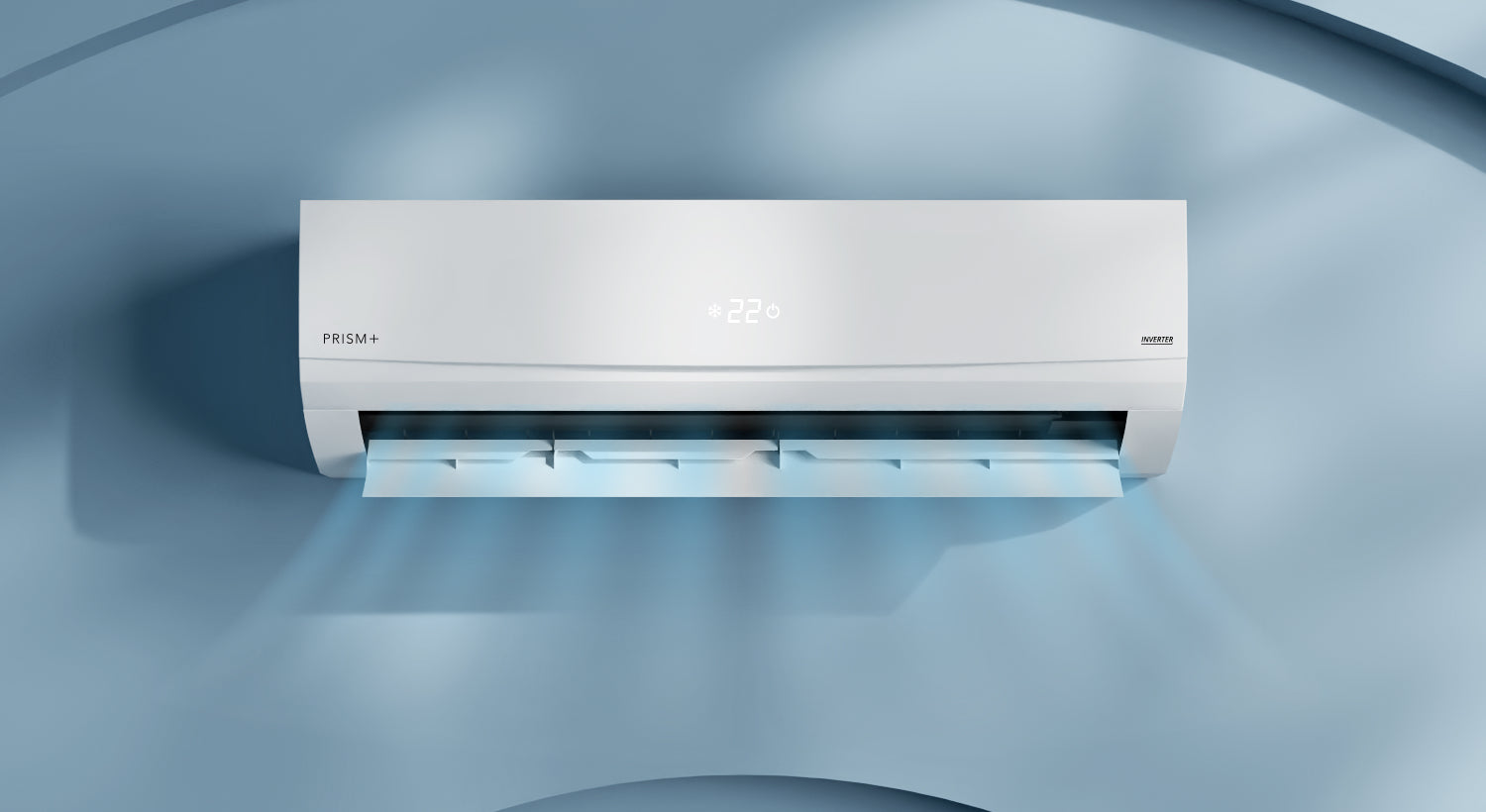

Home Maintenance
What Does E7 Mean On An Air Conditioner
Modified: March 7, 2024
Learn what the E7 code indicates on an air conditioner and how to troubleshoot it. Find expert tips and guidance on home maintenance for air conditioning systems.
(Many of the links in this article redirect to a specific reviewed product. Your purchase of these products through affiliate links helps to generate commission for Storables.com, at no extra cost. Learn more)
Introduction
Welcome to the world of air conditioners, where cool air and comfort take center stage. However, like any complex machine, air conditioners can sometimes encounter problems and display error codes. One such error code is the dreaded E7, which can leave homeowners scratching their heads in confusion. In this article, we will unravel the mystery behind the E7 error code in air conditioners and provide you with the insights you need to troubleshoot and resolve it.
An air conditioner error code is a way for the unit to communicate with you and let you know that something is amiss. Understanding these error codes can help you pinpoint the issue and take the necessary steps to fix it. The E7 error code is one of the most commonly encountered codes, and it can occur in various brands and models of air conditioners.
The E7 error code typically indicates a problem with the air conditioner’s outdoor fan, motor, or circuit board. It is crucial to address this issue promptly to prevent further damage to the unit and ensure optimal performance.
In the following sections, we will delve deeper into the E7 error code, exploring its causes and providing troubleshooting and fixing tips. With this knowledge in hand, you’ll be better equipped to tackle the issue and restore your air conditioner to its cool and comfortable glory.
Key Takeaways:
- When your air conditioner shows the E7 error code, it means there’s a problem with the outdoor fan, motor, or circuit board. Regular maintenance and prompt troubleshooting can help resolve this issue and keep your home cool and comfortable.
- To prevent the E7 error code, clean or replace air filters, keep the outdoor unit free of debris, and schedule professional maintenance. Following these tips can help avoid air conditioner problems and ensure optimal performance.
Understanding Air Conditioner Error Codes
When your air conditioner displays an error code, it may seem like an indecipherable jumble of letters and numbers. However, these codes are actually designed to provide valuable information about the specific problem your unit is experiencing. By understanding these error codes, you can quickly identify the issue and take appropriate action to resolve it.
Each air conditioner manufacturer has its own set of error codes, but some codes are more common across different brands. These codes are typically displayed on the air conditioner’s control panel or LED display. While the specific codes may vary, they generally fall into categories such as temperature-related issues, electrical problems, or malfunctioning components.
Common error codes in air conditioners include the E1, E2, E3, E4, and E5 codes, among others. These codes can indicate issues such as faulty sensors, refrigerant leaks, compressor problems, or even simple maintenance tasks like cleaning the air filter.
When it comes to the E7 error code specifically, it generally points to a problem with the outdoor fan, motor, or circuit board. The outdoor fan is responsible for expelling hot air from the condenser unit, allowing the refrigerant to cool down and flow back into the indoor unit to provide cool air. If the outdoor fan is not functioning properly, it can cause the E7 error code to appear.
Understanding the error codes displayed by your air conditioner can save you time and money. By recognizing the underlying issue, you can decide whether it’s a problem you can fix yourself or if it requires professional assistance. Additionally, being aware of common error codes can help you identify recurring issues and take preventive measures to avoid future problems.
Now that we have a better grasp of air conditioner error codes in general, let’s dive into the specifics of the dreaded E7 error code and how to decode it.
Decoding E7 Error Code in Air Conditioners
The E7 error code in air conditioners is one that often leaves homeowners perplexed. It signifies a problem with the outdoor fan, motor, or circuit board. To effectively decode the E7 error code, you need to understand the role of these components and how they contribute to the proper functioning of your air conditioner.
The outdoor fan in an air conditioner is responsible for dissipating the heat generated by the condenser unit. By expelling this hot air, it allows the refrigerant to cool down and circulate back into the indoor unit to produce cool air. However, if the outdoor fan is not functioning correctly, it can hinder the cooling process and trigger the E7 error code.
The motor is another crucial component tied to the operation of the outdoor fan. It provides the necessary power and rotation to drive the fan blades and expel the hot air. If the motor is faulty or experiencing issues, it can result in the E7 error code being displayed.
The circuit board acts as the brain of the air conditioner, facilitating communication between different components and ensuring they work harmoniously. If there is a problem with the circuit board, such as a blown fuse or damaged connections, it can disrupt the functioning of the outdoor fan and trigger the E7 error code.
Decoding the E7 error code involves a systematic approach to identify the exact cause. Here are a few steps to help you decipher and troubleshoot the error:
- Inspect the outdoor fan: Begin by checking if the outdoor fan is obstructed by any debris, such as leaves, branches, or dirt. Clear away any obstructions and ensure the fan blades can rotate freely.
- Test the motor: If the outdoor fan is not spinning or making unusual noises, it may indicate a motor problem. Consider testing the motor using a multimeter or consult a professional technician for assistance.
- Check the circuit board: Inspect the circuit board for any visible signs of damage such as burned components or loose connections. If you are not familiar with circuit boards, it is best to seek professional help.
- Reset the unit: In some cases, a simple power cycle or resetting the air conditioner can help resolve the E7 error code. Turn off the unit, wait for a few minutes, and then turn it back on to see if the error persists.
By following these steps, you can gain valuable insights into the cause of the E7 error code and take appropriate action to resolve it. However, if you are unsure or uncomfortable with troubleshooting electrical components, it is always recommended to consult a trained technician to avoid any further damage to your air conditioner.
Now that we have explored the decoding process for the E7 error code, let’s delve into the common causes that trigger this error.
Causes of E7 Error Code
The E7 error code in air conditioners can be triggered by several underlying causes. Identifying these causes is essential in troubleshooting and resolving the issue effectively. Here are some common culprits that can lead to the E7 error code:
- Faulty Outdoor Fan Motor: A malfunctioning or defective outdoor fan motor can impede the proper functioning of the fan. This can result in inadequate heat dissipation from the condenser unit, leading to an increase in temperature and triggering the E7 error code.
- Obstruction in the Outdoor Fan: If the outdoor fan is obstructed by debris such as leaves, dirt, or other foreign objects, it can prevent the fan from spinning freely. This obstruction restricts airflow and hinders the cooling process, causing the E7 error code to appear.
- Electrical Issues: Problems with the circuit board, such as blown fuses, loose connections, or damaged wiring, can disrupt the power supply to the outdoor fan. As a result, the fan may not receive the necessary electrical current to operate properly, leading to the E7 error code.
- Motor Overload: Environmental factors such as extreme heat conditions can overload the outdoor fan motor. When the motor becomes overloaded, it may trip a built-in safety feature that triggers the E7 error code as a precautionary measure.
- Component Malfunction: In some cases, a malfunctioning component, such as a faulty sensor or a defective circuit board, can cause irregularities in the air conditioner’s operation. These malfunctions can trigger error codes such as E7.
Understanding the potential causes of the E7 error code can assist you in narrowing down the issue and determining the appropriate course of action. However, keep in mind that troubleshooting and fixing electrical components can be complex and may require the expertise of a trained professional. It is always recommended to seek assistance from a qualified technician to diagnose and address the root cause of the E7 error code.
Now that we have explored the potential causes of the E7 error code, let’s move on to the troubleshooting steps you can take to rectify the issue.
If you see an E7 error code on your air conditioner, it usually indicates a problem with the indoor fan motor or the communication between the indoor and outdoor units. It’s best to contact a professional technician to diagnose and fix the issue.
Troubleshooting E7 Error Code
The E7 error code in your air conditioner can be frustrating, but there are several troubleshooting steps you can take to resolve the issue. By following these steps, you can potentially fix the problem and restore your air conditioner to its normal functioning. Here are some troubleshooting measures to consider:
- Power Cycle: Start by turning off the air conditioner and unplugging it from the power source. Leave it unplugged for a few minutes to allow any residual electric charge to dissipate. Then, plug it back in and power it on. This simple power cycle can sometimes clear temporary glitches and resolve the E7 error code.
- Clean the Outdoor Unit: Inspect the outdoor unit to ensure it is free from any debris or obstructions. Clear away any leaves, dirt, or other objects that may be blocking the air intake or obstructing the fan. Keep the unit clean to facilitate proper airflow and prevent overheating.
- Check the Outdoor Fan: Examine the outdoor fan to ensure it is spinning freely and not making any unusual noises. If it is not rotating or is spinning erratically, the fan motor may be faulty and need to be replaced. Consult a professional technician for assistance with motor replacement.
- Inspect the Circuit Board: If you are comfortable working with electrical components, you can visually inspect the circuit board for any signs of damage or loose connections. Check for blown fuses, burned components, or any other noticeable issues. However, it is crucial to exercise caution and avoid touching any live electrical parts.
- Check the Wiring: Inspect the wiring connections between the outdoor fan motor and the circuit board. Ensure that all connections are secure and properly fitted. Loose or damaged wiring can disrupt the electrical supply and trigger the E7 error code.
- Consult a Professional: If the troubleshooting steps mentioned above do not resolve the E7 error code, it is recommended to seek assistance from a qualified technician. They have the expertise and tools to diagnose and repair more complex issues, such as motor or circuit board problems.
Remember, dealing with electrical components can be hazardous, so it is always advisable to turn off the power and seek professional help if you are unsure or uncomfortable with any troubleshooting step. Professional technicians possess the knowledge and experience to ensure the safe and efficient repair of your air conditioner.
Now that we have covered the troubleshooting steps, let’s move on to discussing methods for fixing the E7 error code on your air conditioner.
Read more: What Does E5 Mean On An Air Conditioner
Fixing E7 Error Code on Air Conditioners
Fixing the E7 error code on your air conditioner requires addressing the specific issue that is causing the error. While some solutions may be simple enough for you to handle on your own, others may require the expertise of a qualified technician. Here are some potential fixes for the E7 error code:
- Clean the Outdoor Unit: If the E7 error code is triggered by a blocked or obstructed outdoor unit, you can fix it by thoroughly cleaning the unit. Remove any debris, such as leaves, dirt, or other objects that may be hindering proper airflow. Regularly maintaining and cleaning the outdoor unit can help prevent the recurrence of the E7 error code.
- Replace the Outdoor Fan Motor: If the outdoor fan motor is faulty or malfunctioning, it may need to be replaced. This task is best left to a professional technician who has the knowledge and expertise to handle electrical components safely. They can diagnose the issue and replace the motor if necessary.
- Repair or Replace the Circuit Board: If the circuit board is damaged or has loose connections, it may need to be repaired or replaced. Again, this is a task that should be performed by a qualified technician. They can assess the condition of the circuit board and take the appropriate steps to restore its functionality.
- Resolve Wiring Issues: If the E7 error code is caused by loose or damaged wiring, it is essential to address the wiring problem promptly. Make sure all connections are secure, and if necessary, repair or replace any damaged wiring. However, if you are unsure or uncomfortable dealing with electrical components, always seek professional help.
- Perform Regular Maintenance: Regular maintenance tasks such as cleaning or replacing air filters, ensuring adequate airflow, and checking for any signs of wear and tear can help prevent issues that may trigger error codes like E7. Create a maintenance schedule and follow the manufacturer’s recommendations.
- Consult a Professional Technician: If the E7 error code persists or if you are uncertain about the cause or solution, it is always wise to consult a professional technician. They have the knowledge, experience, and tools necessary to diagnose and fix complex air conditioner issues.
Remember, safety should always be a top priority when working with electrical components. If you are unsure or uncomfortable with any repair or replacement tasks, it is best to consult a professional technician. They can ensure that the E7 error code is resolved effectively and minimize the risk of further damage to your air conditioner.
Now that we have discussed the fixing solutions for the E7 error code, let’s move on to preventative measures and maintenance tips to help you avoid future errors.
Prevention and Maintenance Tips
Preventing the occurrence of the E7 error code and maintaining your air conditioner’s optimal performance requires regular maintenance and adherence to best practices. Follow these prevention and maintenance tips to keep your air conditioner running smoothly:
- Clean or Replace Air Filters: Clogged air filters can restrict airflow and strain your air conditioner, potentially leading to error codes like E7. Clean or replace your air filters regularly to ensure proper airflow and prevent debris from entering the system.
- Clear Outdoor Unit of Debris: Keep the outdoor unit free of any debris, such as leaves, grass, or dirt. Regularly inspect and remove any obstructions to ensure adequate airflow and prevent the outdoor fan from malfunctioning.
- Maintain Proper Airflow: Ensure that there are no furniture, curtains, or other objects blocking the airflow from the vents. Proper airflow is essential for efficient cooling and can help prevent overheating of the components.
- Keep the Surrounding Area Clean: Keep the area around the outdoor unit clean and free from vegetation, debris, and other potential hazards. This promotes better airflow and prevents the accumulation of dirt, dust, and debris, which can affect the performance of your air conditioner.
- Schedule Professional Maintenance: Regular professional maintenance is crucial for the longevity and optimal performance of your air conditioner. Hire a qualified HVAC technician to inspect and tune up your system annually or as recommended by the manufacturer.
- Check for Wiring and Connection Issues: Periodically inspect the wiring and connections of your air conditioner for any signs of wear, damage, or loose connections. If you notice any issues, consult a professional technician to address them promptly.
- Keep the Area Around the Thermostat Clear: Avoid placing heat-generating appliances near the thermostat, as they can affect its accuracy. Additionally, ensure that the thermostat is not exposed to direct sunlight, as this can cause inaccurate temperature readings.
- Follow Manufacturer’s Guidelines: Read and follow the manufacturer’s guidelines regarding maintenance, operation, and troubleshooting. This will help you understand how to properly care for your specific air conditioning unit and minimize the risk of error codes like E7.
- Address Issues Promptly: If you notice any unusual sounds, smells, or performance issues with your air conditioner, address them promptly. Ignoring potential problems can lead to more significant issues down the line and increase the likelihood of error codes appearing.
By following these prevention and maintenance tips, you can reduce the chances of encountering the E7 error code and ensure the optimal performance and longevity of your air conditioner. Remember, regular care and maintenance are key to keeping your air conditioner running smoothly and efficiently.
Now that we have covered prevention and maintenance tips, let’s wrap up this article.
Conclusion
Dealing with air conditioner error codes can be frustrating, but understanding them is the first step towards resolving the issue. The E7 error code, commonly associated with problems related to the outdoor fan, motor, or circuit board, can be decoded and fixed with the right knowledge and troubleshooting steps.
In this article, we discussed the importance of understanding air conditioner error codes and explored the specifics of the E7 error code. We examined its causes, troubleshooting methods, and potential fixes. While some solutions, such as cleaning the outdoor unit or checking for wiring issues, can be done by homeowners, other tasks, such as motor replacement or circuit board repair, require the expertise of professional technicians.
Prevention and maintenance play a vital role in keeping your air conditioner running smoothly and minimizing the occurrence of error codes like E7. Regularly cleaning or replacing air filters, ensuring proper airflow, and scheduling professional maintenance are among the essential maintenance tips we discussed. By following these guidelines, you can prolong the lifespan of your air conditioner and reduce the risk of encountering error codes.
Remember, safety should always be a priority when working with electrical components. If you are uncertain or uncomfortable with any troubleshooting or maintenance tasks, it is best to consult a qualified technician to avoid any accidents or further damage to your air conditioner.
In conclusion, while the E7 error code may seem daunting, armed with the knowledge gained from this article, you are better equipped to take action and resolve the issue. With regular maintenance, awareness of potential causes, and timely troubleshooting, you can keep your home cool and comfortable throughout the summer months without being hindered by error codes.
So, the next time you encounter the E7 error code on your air conditioner, don’t panic. Instead, refer back to this article and follow the steps outlined to get your air conditioner back up and running efficiently.
Frequently Asked Questions about What Does E7 Mean On An Air Conditioner
Was this page helpful?
At Storables.com, we guarantee accurate and reliable information. Our content, validated by Expert Board Contributors, is crafted following stringent Editorial Policies. We're committed to providing you with well-researched, expert-backed insights for all your informational needs.
